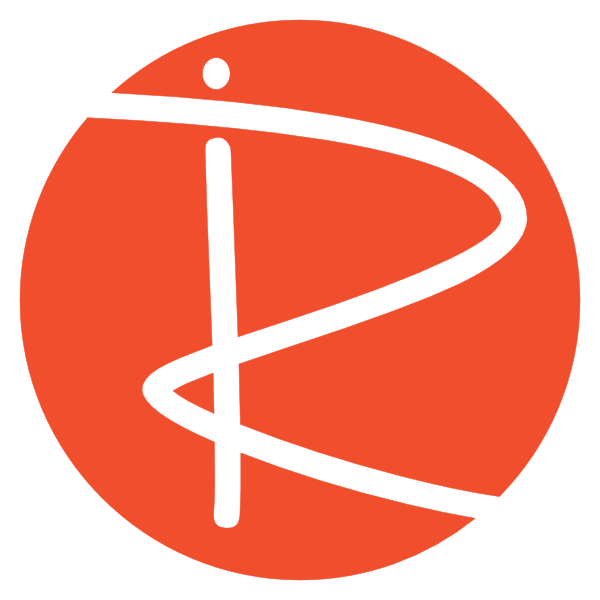Adding Scalable Icons to Your Web Content with Font Awesome
Hey everyone! Chris Richter here, welcome back!
Today, we’re diving into how you can easily jazz up your web-based content by adding scalable icons using a fantastic tool called Font Awesome. It’s super simple to use and can make a real difference to how polished and engaging your content looks.
But before we get into it, quick reminder, don’t forget to check out the new courses available on Moodle 4.0! There’s a fantastic new one that you’ll want to see, and of course, plenty of other courses you might find interesting and helpful. If you have any questions, feel free to drop a comment below, I’m always happy to help!
Alright, let’s jump into it.
What is Font Awesome?
Font Awesome is essentially a collection of font styles filled with icons instead of traditional letters and numbers. It’s widely used across different Learning Management Systems (LMS), though not all LMS platforms include the latest version, so you might run into a few quirks (don’t worry, we’ll cover those too!).
Font Awesome provides free and paid icons. If you’re unsure what’s available in your LMS version, a good starting point is to filter for free and solid icons on the Font Awesome website. That’ll match what most LMS systems, including Moodle 4.0, support.
Adding Your First Icon
Let’s say we want to add a user icon. Here’s how simple it is:
- Search for “User” on Font Awesome’s website.
- Copy the provided HTML code snippet.
- Paste the HTML into your LMS web content editor (make sure you’re editing in HTML mode).
Now, here’s a gotcha: Moodle 4.0 uses an older version of Font Awesome. If you paste in something like:
<i class="fa-solid fa-user"></i>
you might see a weird or broken icon. That’s because Moodle 4.0 doesn’t recognize fa-solid.
Fix: Just remove the “solid” part and use:
<i class="fa fa-user"></i>
Save, display, and boom, your user icon appears!
Resizing Icons
Want bigger icons? Easy!
You can add size classes like:
<i class="fa fa-user fa-3x"></i>
or even:
<i class="fa fa-user fa-5x"></i>
This way, your icons scale perfectly, even on mobile devices.
Stacking Icons
Another cool trick is stacking icons, layering one icon on top of another to create interesting visuals.
Here’s the basic idea:
<span class="fa-stack fa-2x">
<i class="fa fa-circle fa-stack-2x" style="color:blue;"></i>
<i class="fa fa-camera fa-stack-1x" style="color:white;"></i>
</span>
The first icon (a blue circle) is the background, and the second (a white camera) sits on top. Reversing the order will swap the layers, so make sure they’re in the correct order for the look you want!
Pro tip: You can customize the color easily by changing the style="color:..." attribute.
Adding Icons to Lists
Font Awesome also lets you create icon lists, perfect for checklists, feature lists, and more!
Example:
<ul class="fa-ul">
<li><span class="fa-li"><i class="fa fa-check-square"></i></span>List item 1</li>
<li><span class="fa-li"><i class="fa fa-check-square"></i></span>List item 2</li>
<li><span class="fa-li"><i class="fa fa-spinner fa-pulse"></i></span>Loading item</li>
</ul>
Heads up: If you copy examples directly from Font Awesome’s site, you might see fas in the classes. If that doesn’t work, just replace it with fa, especially if you’re using an older LMS version.
A Few Final Tips
- Version matters: Different LMS platforms use different versions of Font Awesome. If an icon doesn’t work, try removing
solid,regular, or other style prefixes and stick with justfa. - Stick to free icons: Paid icons won’t show unless your platform has a subscription.
- Explore options: Font Awesome has a ton of possibilities, animations, color styling, rotating icons, and more.
Wrapping Up
Font Awesome is an awesome (pun intended!) way to enhance your content. A few little tweaks can make your web pages look way more professional and engaging, and it’s easy once you get the hang of it.
Don’t forget, check out the courses listed below if you want to learn even more about Moodle 4.0 and other web design tools.
Thanks for reading, and see you in the next tutorial!
